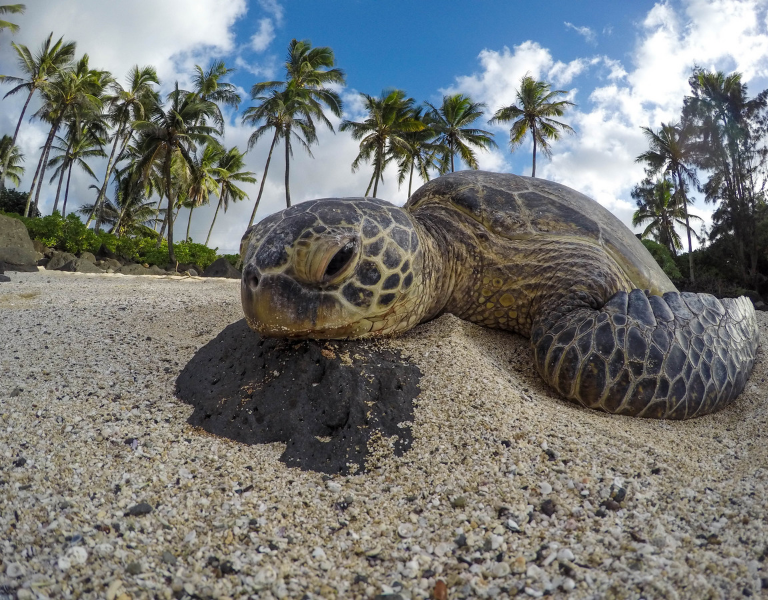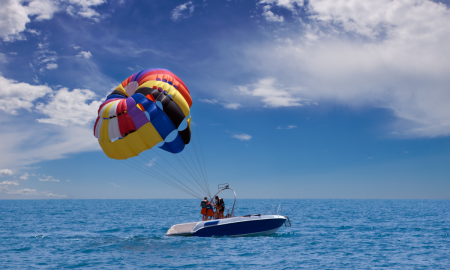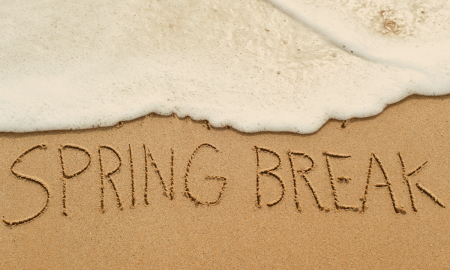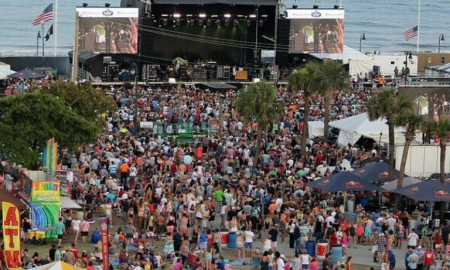

Everyone knows that the Grand Strand is an amazing place to raise a family. And when we say everyone, we do mean everyone! The beginning of summer marks the beginning sea turtle nesting season in South Carolina. According to statistics reported to the database Seaturtles.org, there is a 200% increase in sea turtle nests in Myrtle Beach state park from last year.
Only twenty-five nests were reported in Horry County in 2018. Since nesting season started earlier this month, volunteers with the South Carolina Department of Natural Resources have already found seventeen nests with more on the way. Sea turtle nesting season typically runs from May 1st-October 31st. On average, sea turtles will make two to eight nests per season and will lay 110 eggs per nest.
According to Myrtle Beach State Park Ranger, Ann Wilson, the increase in nests this year are part of natural nesting cycle that all sea turtles undergo. “Normally they’ll take a year, maybe two off. Regroup, eat, get healthy again before they come back up on the beach”, said Wilson.
What species of turtles can you find in Myrtle Beach?
South Carolina is home to four species of sea turtles.

Loggerhead sea turtles are the most common species in South Carolina. These sea turtles average more than 3,000 nests per year in South Carolina. Most of the nests that have been found so far this nesting season belong to loggerheads.

Green Sea Turtles are also quite common in the state. The first green turtle nest of the season was found near 48th avenue just this past week.

Leatherback sea turtles are rare in South Carolina, but they have been known to occasionally nest in Myrtle Beach. There have been numerous reports this year of leatherback sea turtles near the Garden City pier.

The rarest species is the Kemp’s Ridley sea turtle. This is the smallest species of sea turtle as well as the most endangered. Although rare, they do occasionally nest along the South Carolina coast.
What should you do if you find a sea turtle or a sea turtle’s nest?
While you may be excited to find a sea turtle crawling ashore, under no circumstances should you disturb them or their nests. Federal fines of up to $10,000 exist for disturbing sea turtles. Always respect the turtles by observing them from a distance on the beach. Do not take flash photography of them as it can frighten or disorient them.
The South Carolina Department of Natural Resources encourages anyone who finds any sick, injured, or dead sea turtles to call their 24-hour hotline at 1-800-922-5431.
How you can help with conservation efforts?
There are several ways you can help with sea turtle conservation efforts. First, contact the SCDNR at their 24-hour hotline anytime you find a sea turtle. The department relies on beachgoers, boaters, and anglers to report these animals so that they can send a biologists or volunteer to help them. By reporting a sick or injured sea turtle you could save an animal’s life.
Second, be sure to keep beaches clean by cleaning up all trash that you find. Trash, such as plastic bags and balloons, can injure or kill sea turtles if they mistake them for food. Vacationers are also asked to break down all sand sculptures before leaving the beach during nesting. Keeping the beach clear can help facilitate sea turtle movement, making it easier for them to find a suitable place to lay their eggs.
If you are interested in any volunteering opportunities, The SCDNR Marine Turtle Conservation Program keeps a list of cooperator beaches on their website. There you will find links to their associated websites so you can contact them directly for volunteer opportunities.
If your interested in visiting the Grand Strand during nesting season, then book your rental today with Elliott Beach Realty.
















You must be logged in to post a comment Login